On the occasion of the 70th anniversary of the signing of the Geneva Agreement (July 21, 1954 - July 21, 2024) and the 70th anniversary of the liberation of Vinh Linh (August 25, 1954 - August 25, 2024), Ho Chi Minh City General Publishing House has just republished with additional work "Two Banks of the Border (1954-1967)" by Associate Professor, Dr. Hoang Chi Hieu.
With more than 300 pages, the work recreates the outstanding events at The Hien Luong-17th Parallel banks from the time the two parts of the country were temporarily divided (from July 1954) until the complete liberation of the Southern demilitarized zone, officially abolishing the dividing line of the country (1967).
The book "The Two Sides of the Border (1954-1967)" consists of two main parts: Part 1: The establishment of the temporary military border and the demilitarized zone at the 17th Parallel after the 1954 Geneva Agreement; Part 2: Revolutionary struggle in the demilitarized zone - Parallel 17 (1954-1967).
This is the author’s research effort over many years on the demilitarized zone on both sides of the border. After the 2014 edition, in this reprint, the author continues to add some new research results so that readers have a more comprehensive view of the panorama of the two sides of the border since 1954.
At the same time, the author also added content comparing the circumstances of Germany, Korea and Vietnam, all of which made efforts to reunify their countries despite the obstacles caused by the Cold War.
Author Hoang Chi Hieu has made initial contributions and clarified a prominent historical issue that took place in the border area, considered a "miniature image" of Vietnam during the period 1954-1975.
Many cadres, comrades, and people gathered in the North with the promise to return in two years... Many families fell into the situation of "the husband is in the North, the wife is in the South", "a river apart, but one loves the other",...
To cross the river less than 100m wide, the whole nation had to go through a 21-year long journey, with many losses and sacrifices to reunite the North and South.
During those 21 painful but heroic years, on both banks of Hien Luong, there was a "no gunfire" but no less tense and fierce confrontation in many fields, even special and "unique" such as loudspeaker battles, chess battles, bridge painting, enemy propaganda work...
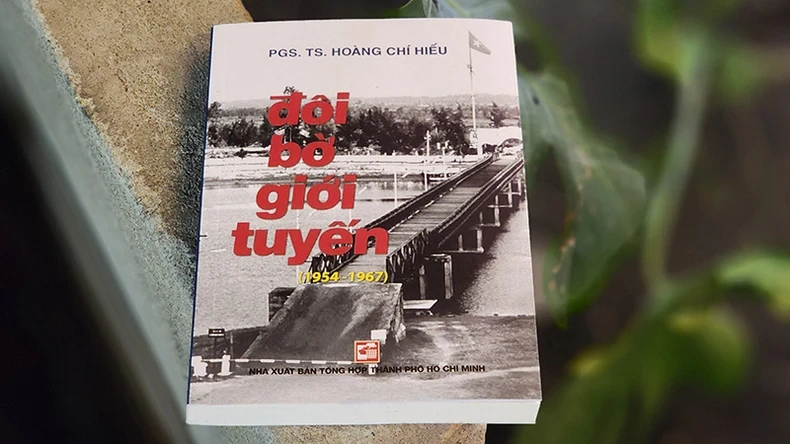
Overcoming all the fierce resistance of the US and the Saigon government, the Vietnamese bravery and intelligence of those working to protect the border, together with the great support of the people of Vinh Linh in particular, the whole country in general and international friends, gained the upper hand against the new colonial regime of the US on the South bank.
Turn pain into action, every village is a fortress, every citizen is a soldier, Vinh Linh has become "Heroic Steel Rampart", "Diamond Land".
The two sides of the border are therefore the convergence of the pain of division and the aspiration for national unification of the nation as well as reaching the peak of revolutionary heroism in the period 1954-1975. With no other choice, the Vietnamese people had to fight to achieve national unification, and the 17th Parallel was the first boundary to cross.
From the place chosen by history, the 17th Parallel became the place that witnessed the pain of the country's division for a long time. This is also the place to carry out a meaningful mission of connecting news and feelings between the people of the North and South.
Author Hoang Chi Hieu said that no matter how much information is gathered, it is impossible to fully describe the vivid reality and great stature of the entire nation in the struggle to unify the country.
There are still many mysteries that need to be solved about the scale and events that the people and soldiers on both sides of the border created during the period 1954-1975.
The fate of each of us is tied to the fate of the country, that sacred power that no enemy can defeat. Vietnam does not accept the fate that has been "pre-arranged" and the common aspiration for generations of the entire Vietnamese people is for the country to be united.
Source








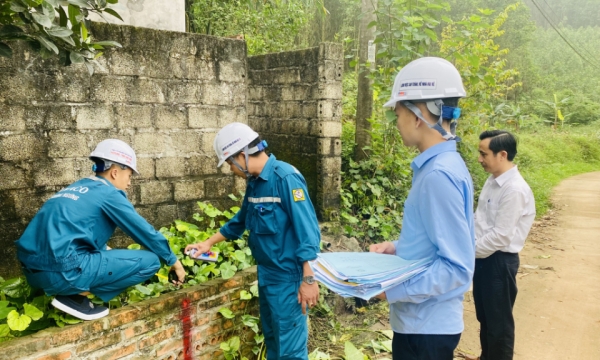

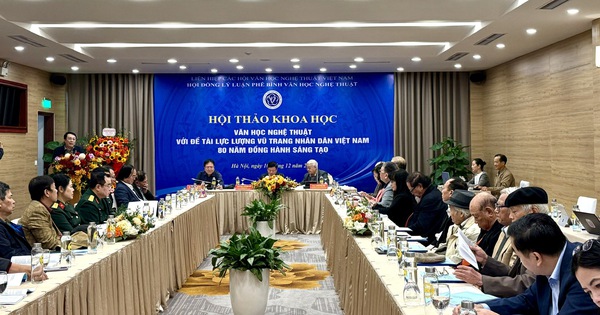



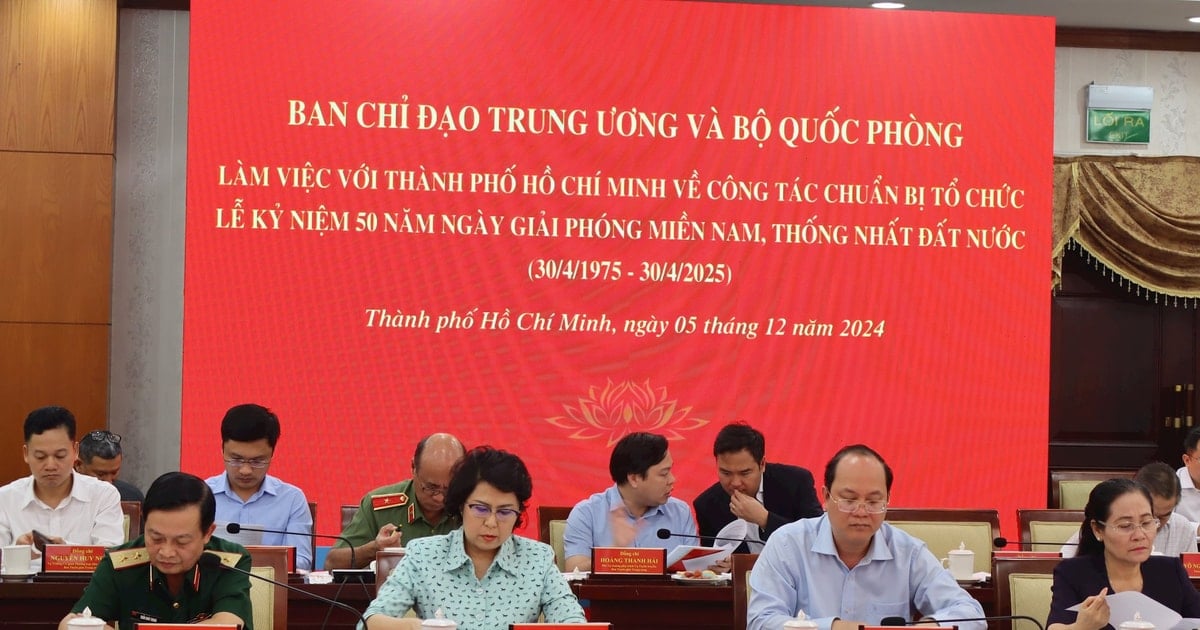
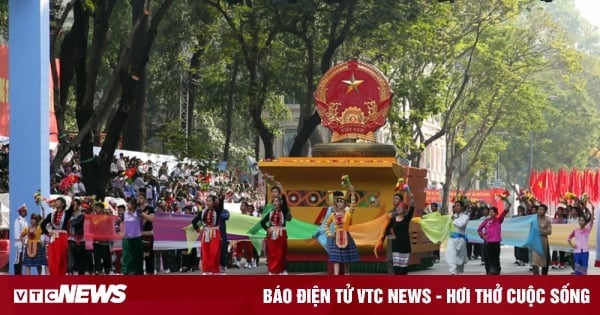









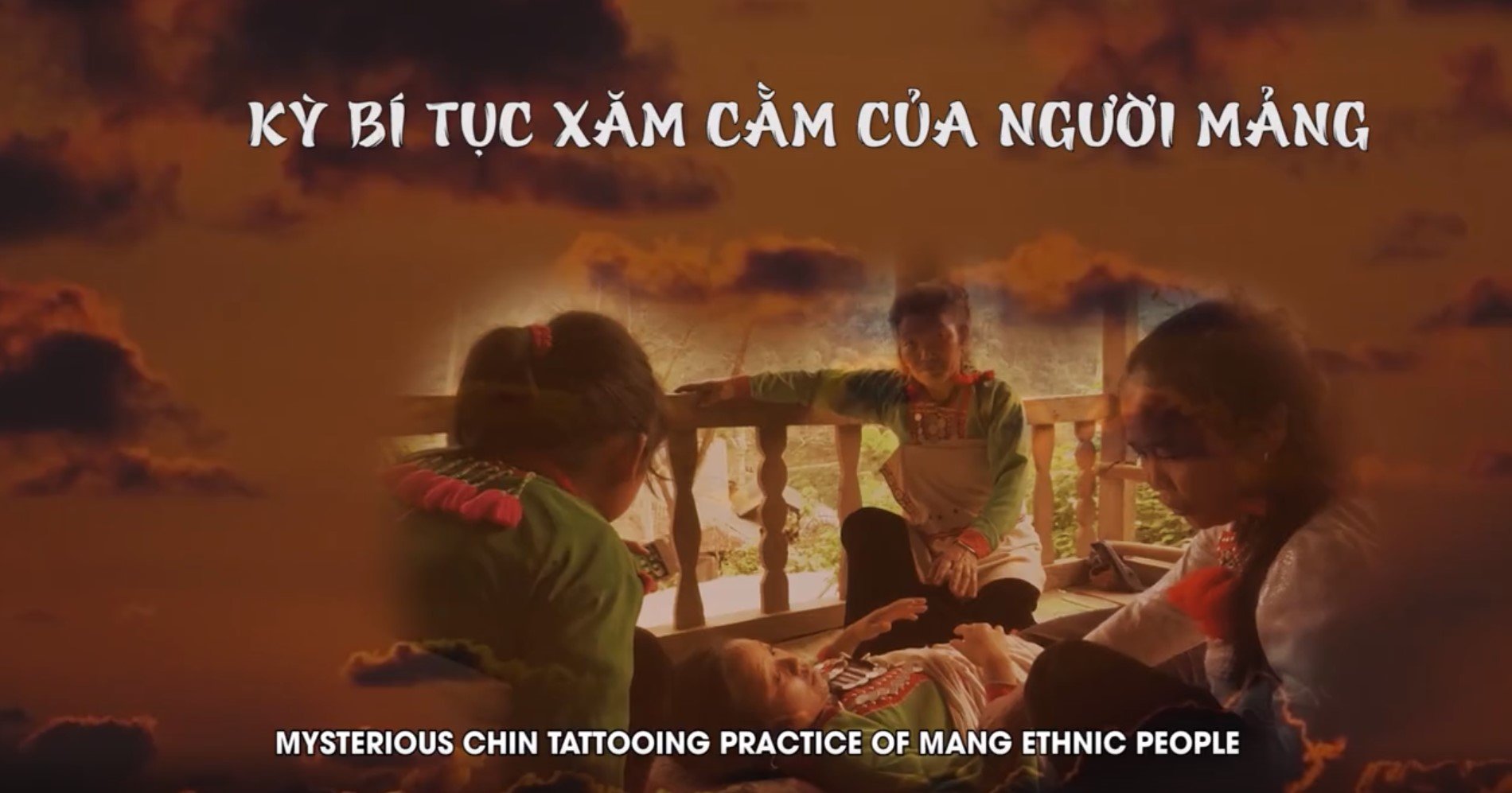
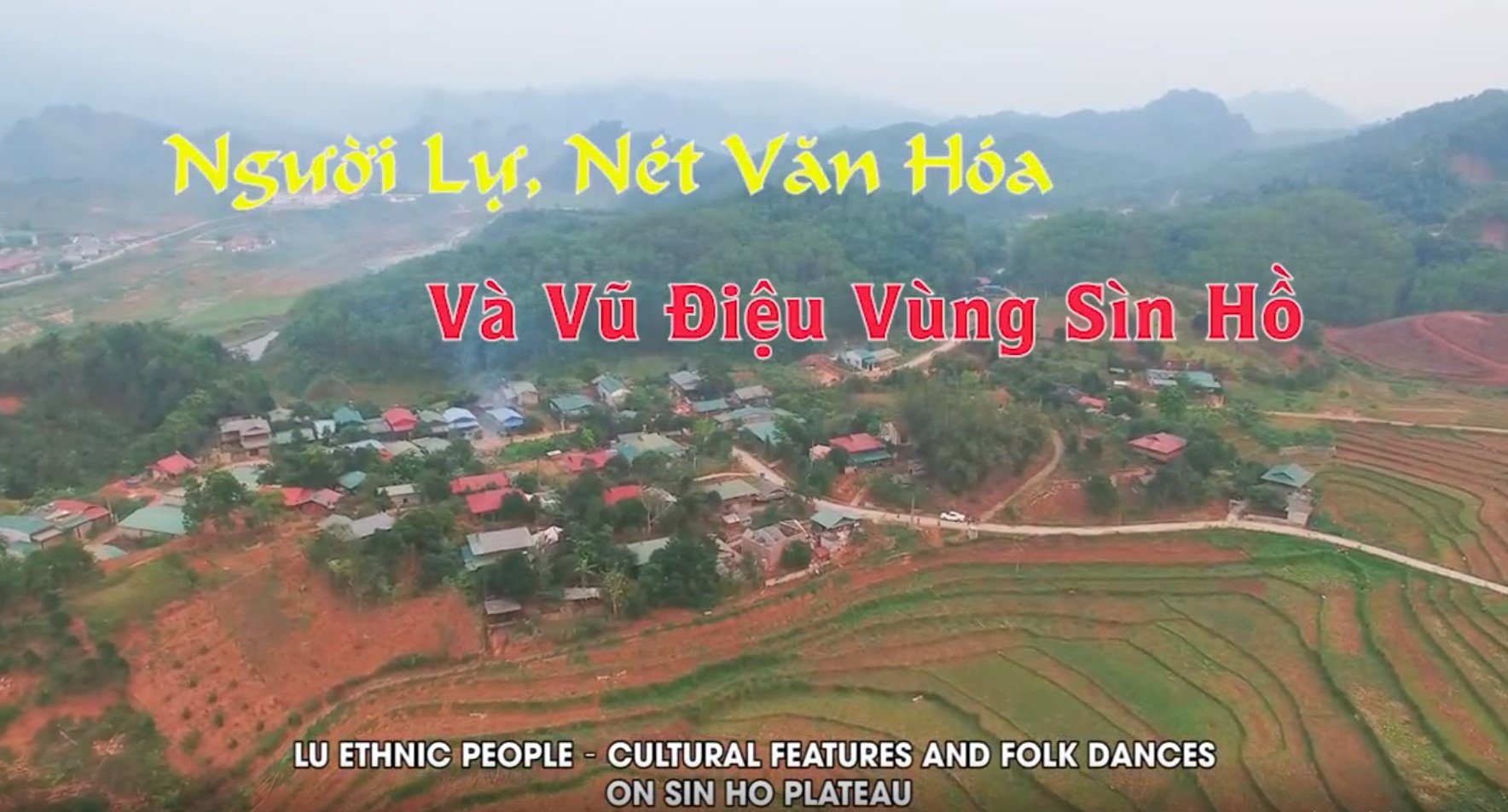











![[Photo] Prime Minister Pham Minh Chinh chairs Government Conference with localities on economic growth](https://vstatic.vietnam.vn/vietnam/resource/IMAGE/2025/2/21/f34583484f2643a2a2b72168a0d64baa)



















































Comment (0)